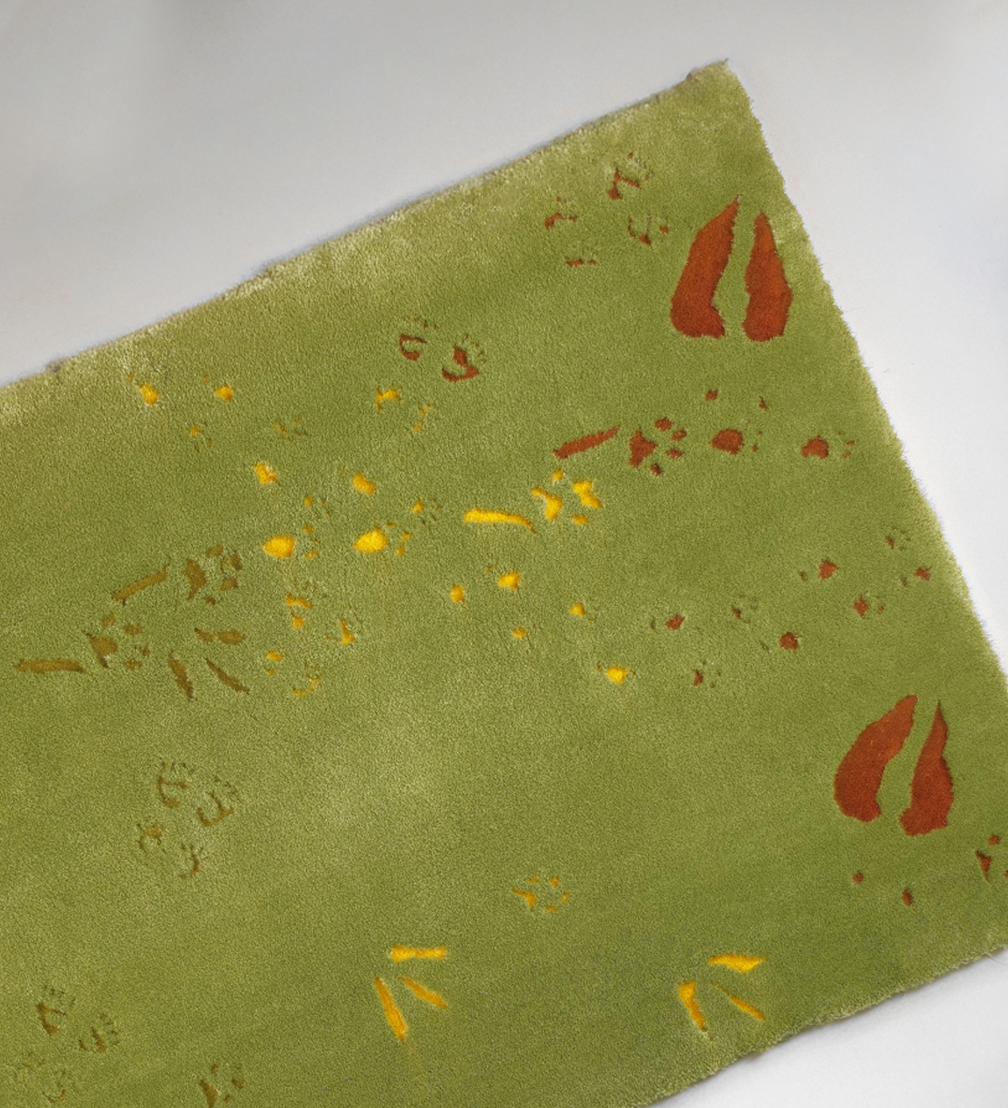
This year, 58 product design students graduated from the Riga School of Design and Art (RSDA) after completing the new modular programme. Up-and-coming designer Adelaida Brakmane’s qualification project is a rug featuring the footprints of Latvian forest animals. It not only allows children to learn about nature but also serves as a comfortable place to play while fitting in well in the living room.
Adelaida Brakmane says that the idea to create such a rug was born out of a wish to introduce children to the diversity of Latvian nature. «I noticed that various children’s products, such as toys, books, and clothing, depict exotic animals that are not found in Latvia. When encountering such products, children may develop a false impression of the environment and nature in which they live,» says the young designer.
During the work process, Adelaida studied the footprints of various animals in snow, sand, and mud, looking for the best combinations and compositions. The final version of the rug features the footprints of a lynx, fox, hare, squirrel, hedgehog, crane, and elk, reproduced with a certain degree of inaccuracy that is characteristic of nature.
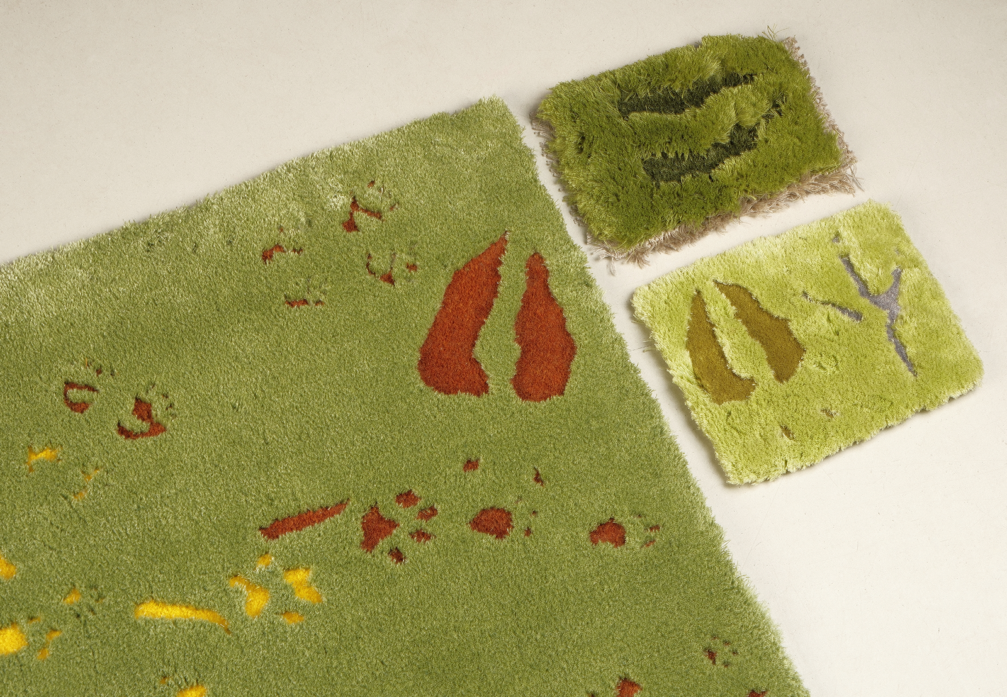
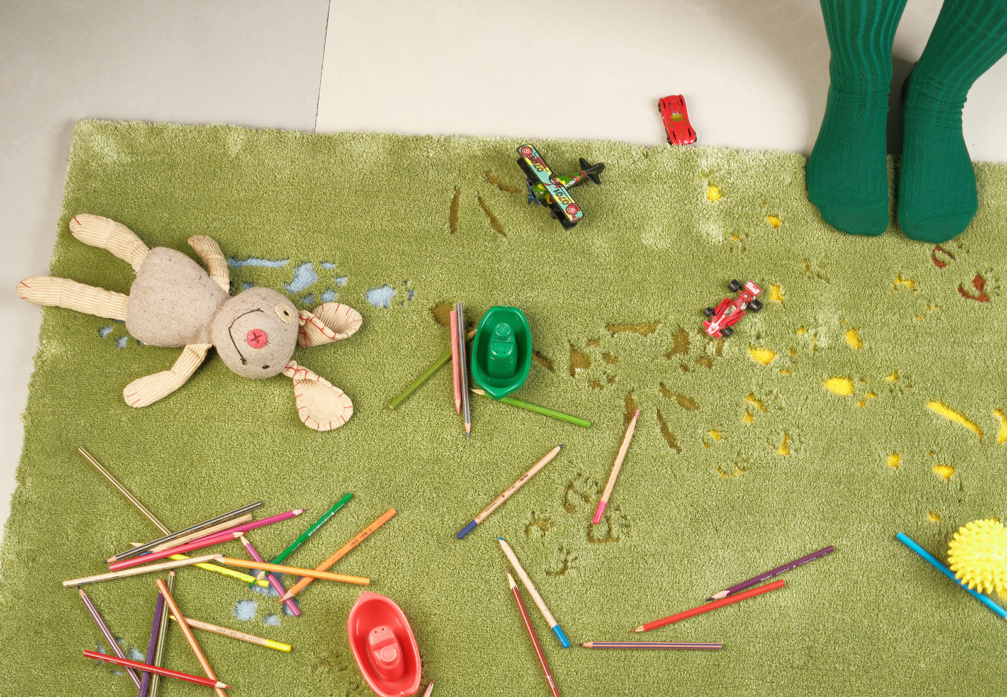
Adelaida designed the rug as a safe and pleasant environment for children to play, relax, express themselves creatively, and learn new things at the same time. The rug is made using the tufting technique and is made entirely of linen. The designer explains that she chose this material because it is hypoallergenic, making it safe for children, and because linen is very durable and will last a long time, even with active use. The rug comes with an informative booklet about animal footprints and rug care.
Adelaida’s supervisor at RSDA is Kristīne Ramane. The rug was created by the company Ecolinum based on Adelaida’s sketch.
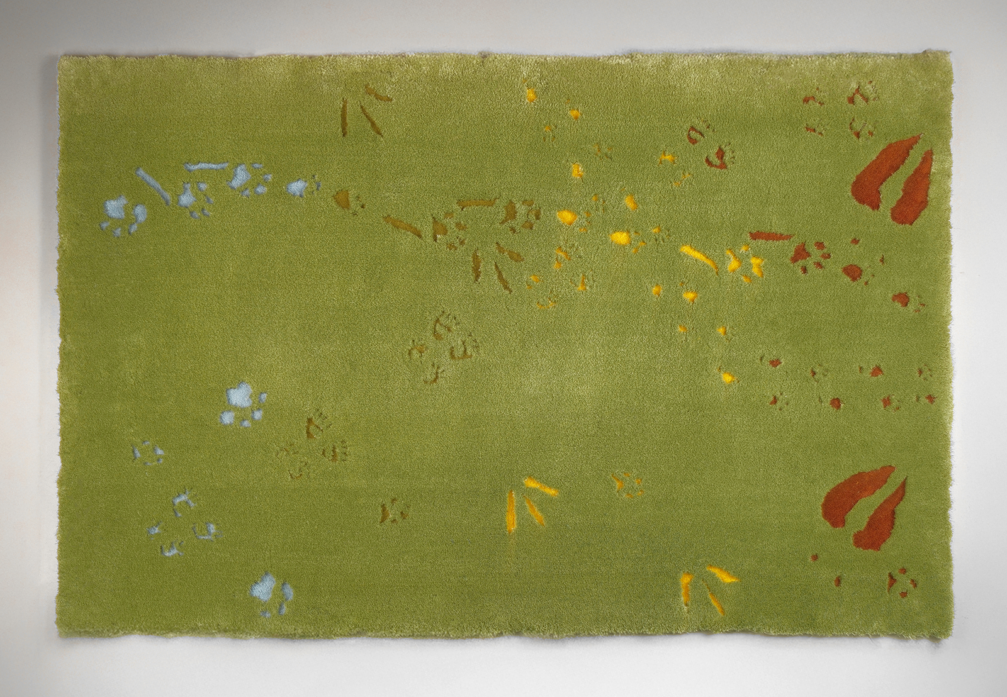
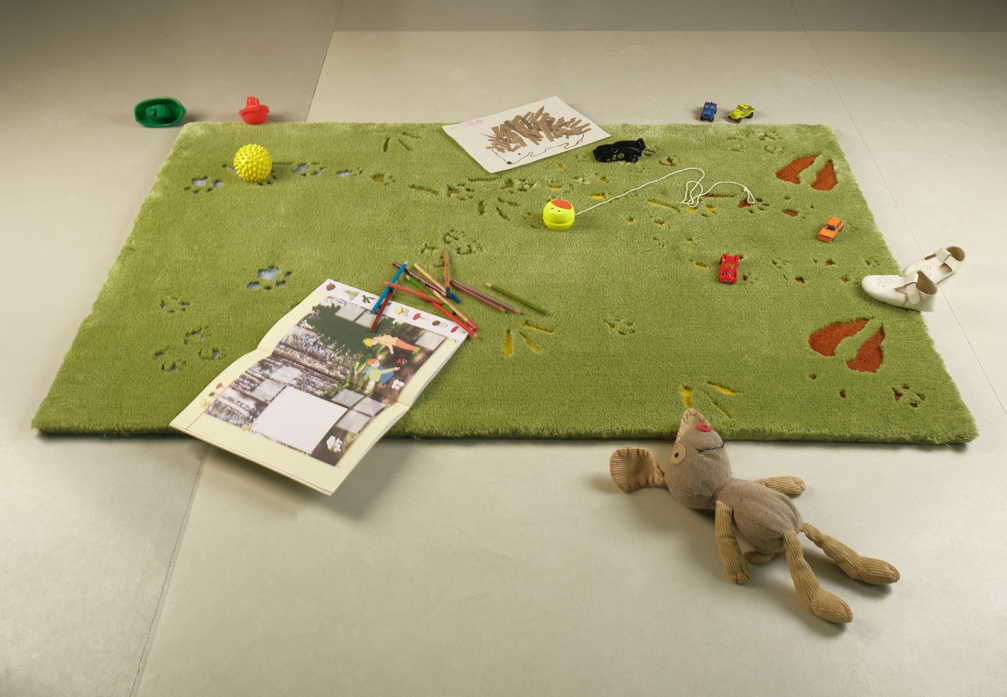
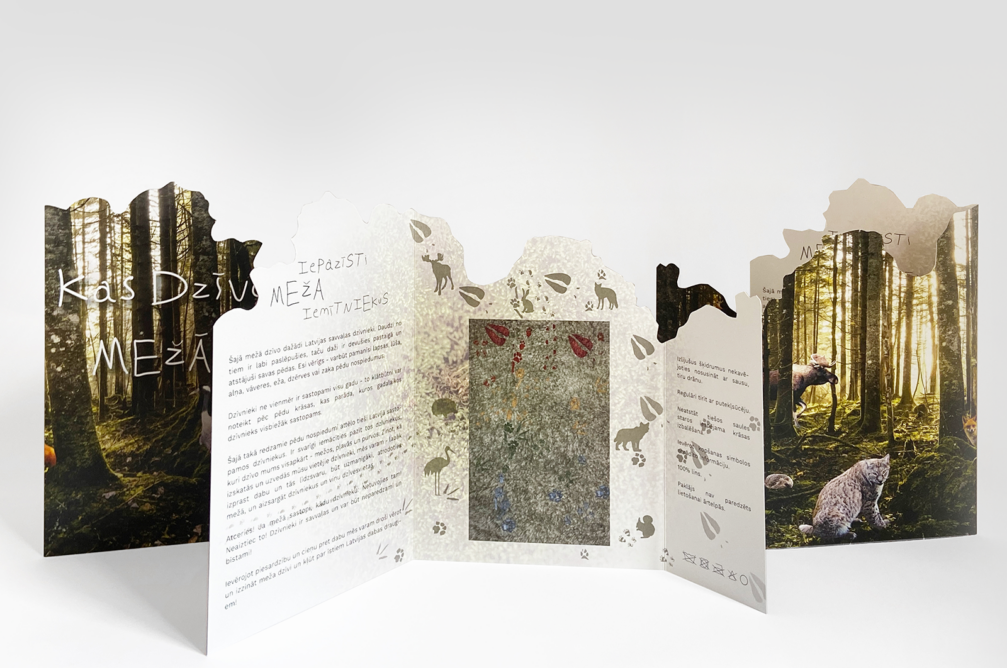
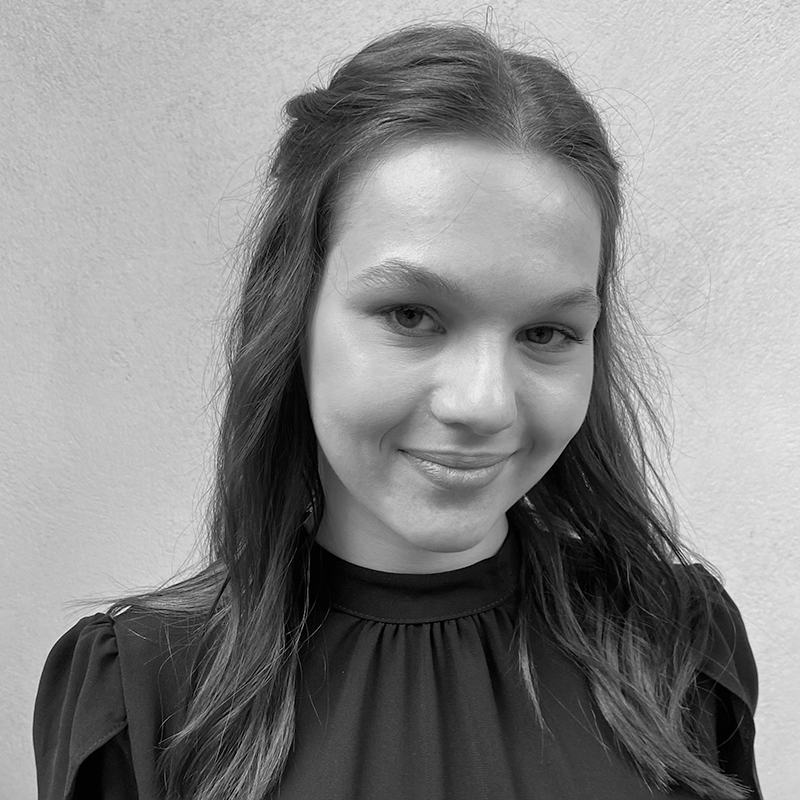
About RSDA Product Design programme
In RSDA’s new Product Design education programme, each student learns not only how to work with specific materials, as has been the practice previously, but also becomes familiar with various materials and technologies most commonly used in product design, acquiring skills and creating works in nine school workshops: wood, metal, ceramics, glass, composite materials, 3D printing, new materials, jewellery, and fashion accessories sewing classes. «Developing a new product requires knowledge not of one specific material or technology but of a solution to a current situation or problem, where the material is only a means of expression to materialise a specific idea,» emphasises Baiba Lindāne, head of the Product Design programme at RSDA.
The four-year programme is developed to give young students an understanding of the design development and product creation process, as well as work in the industry, including collaboration with clients. During the third year, students develop designs and implement products in collaboration with entrepreneurs, as well as state and municipal institutions. This gives an opportunity not only to create designs for a specific client but also to learn the communication skills needed when working on a project and to learn more about various industries.
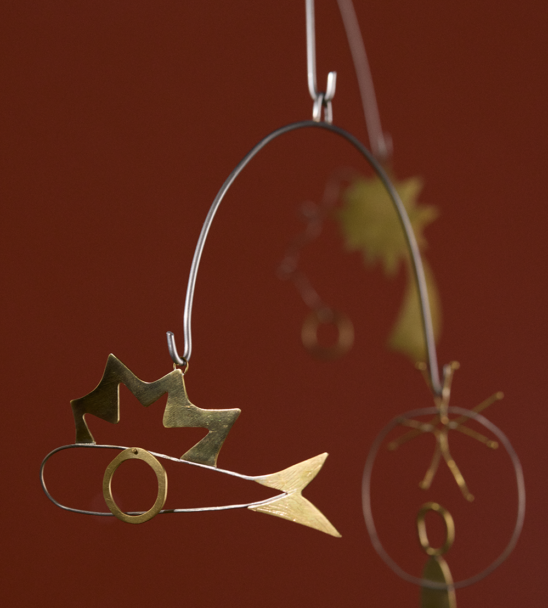
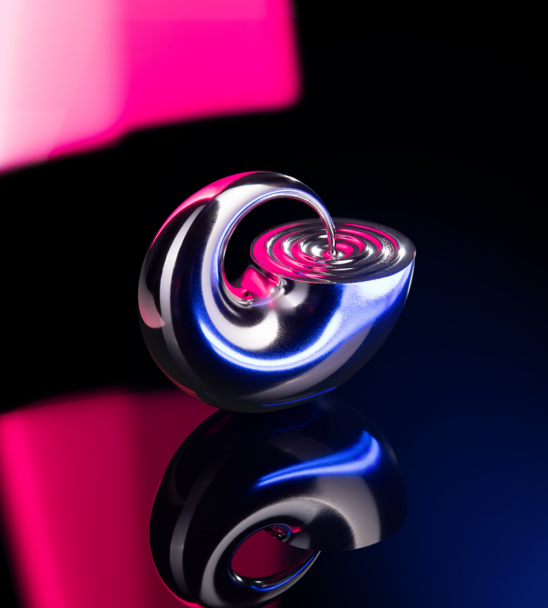
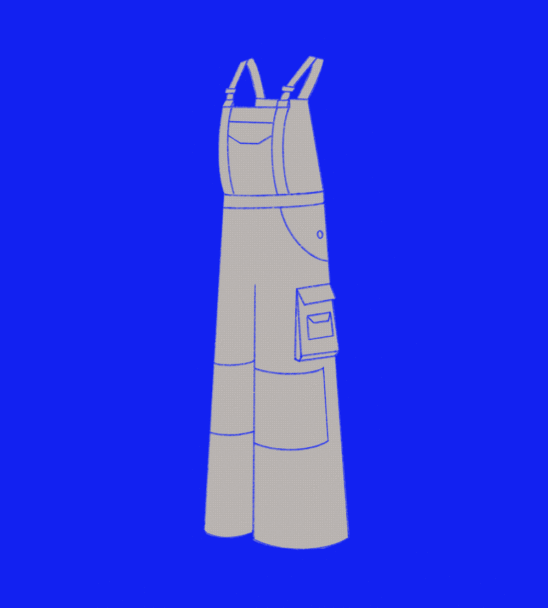
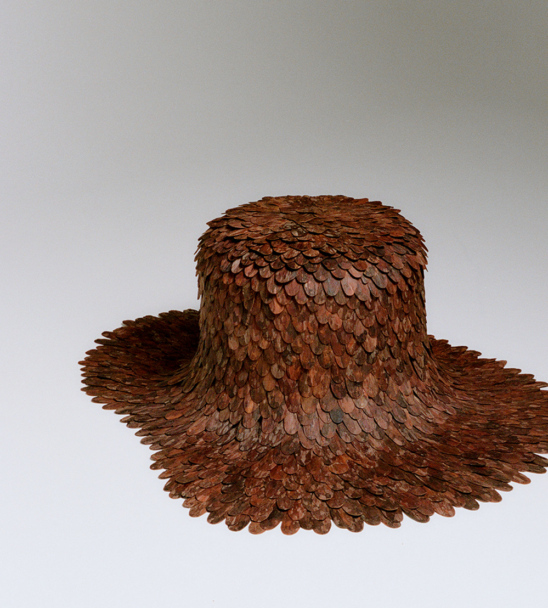
Viedokļi